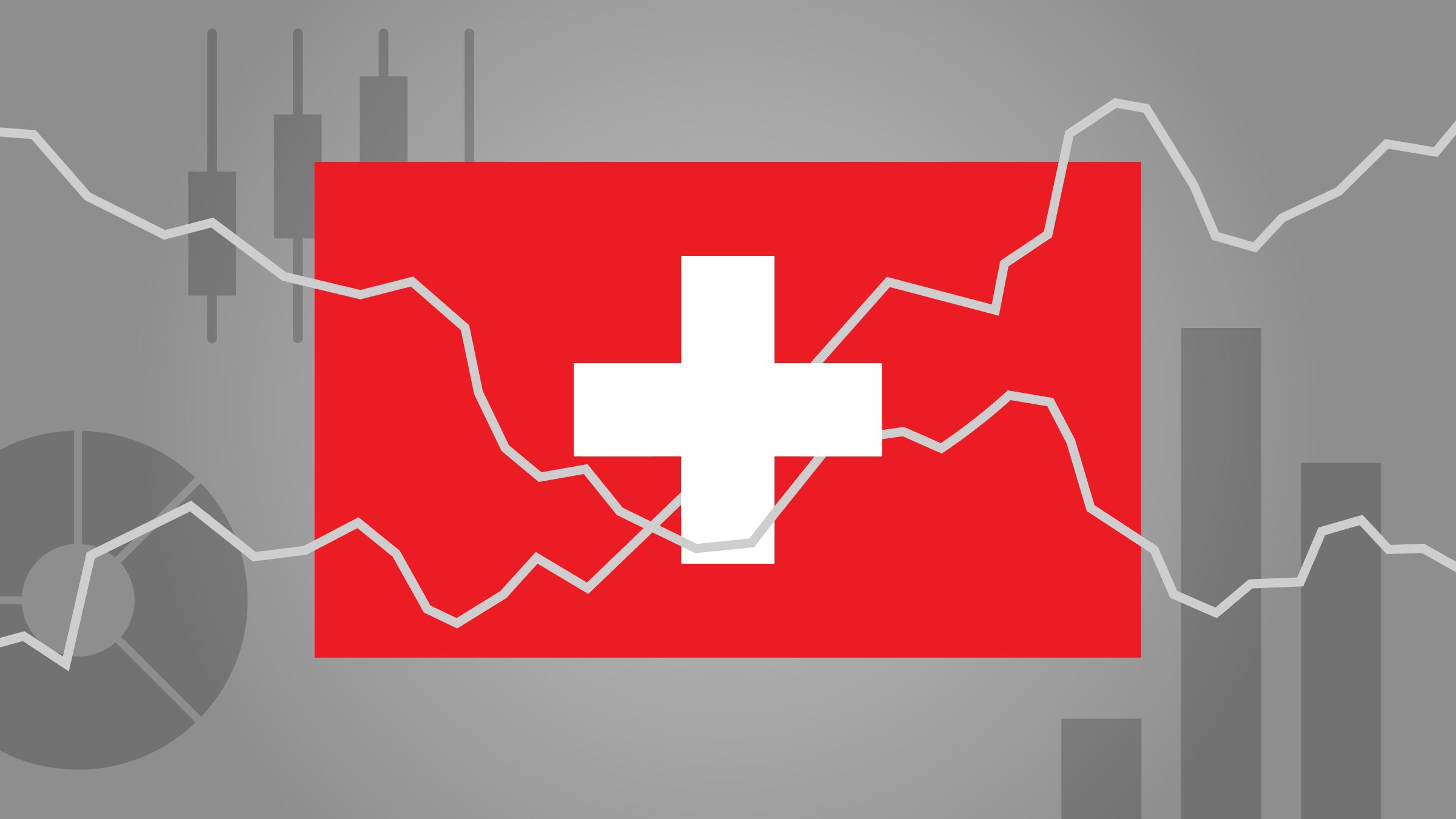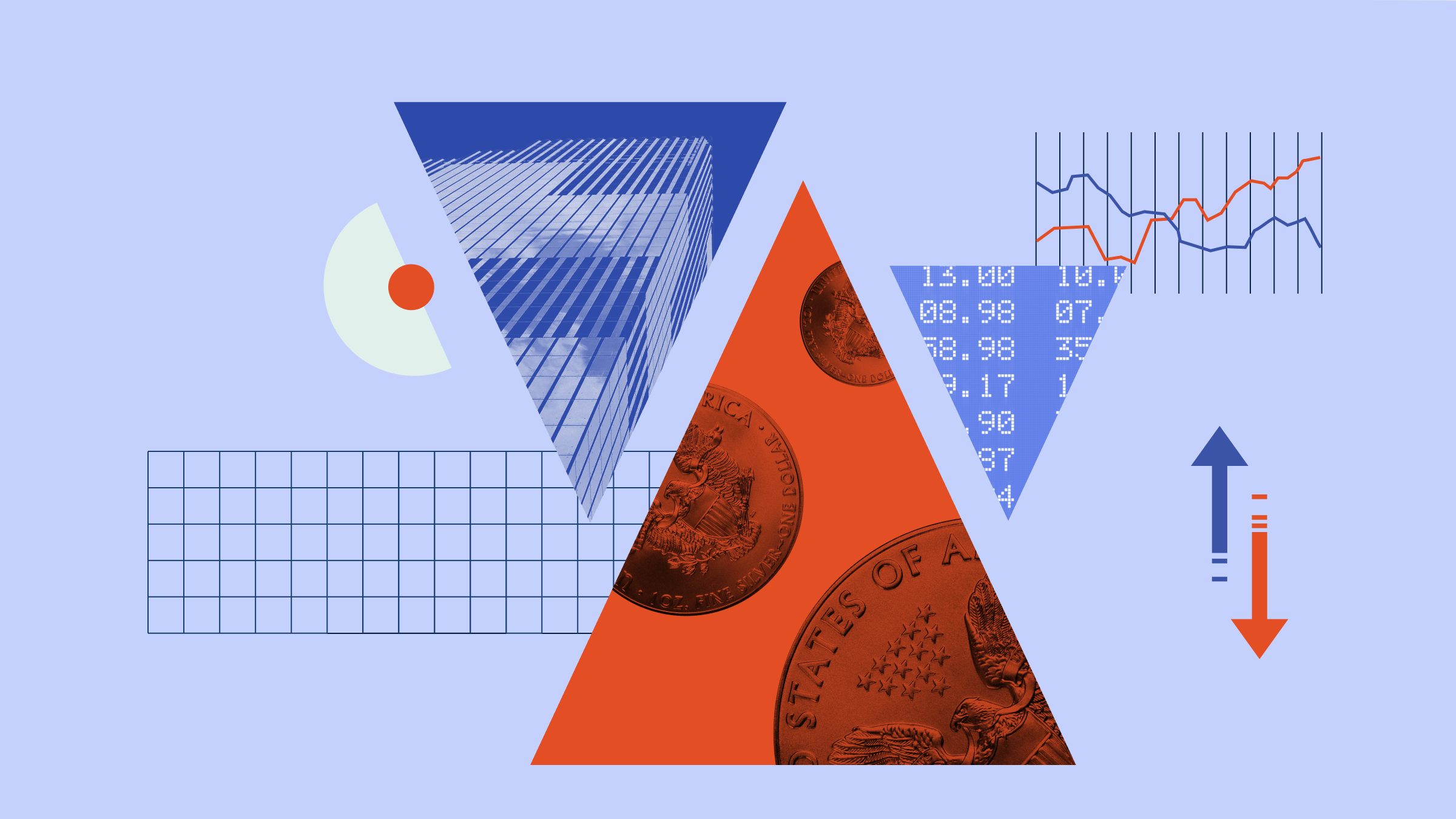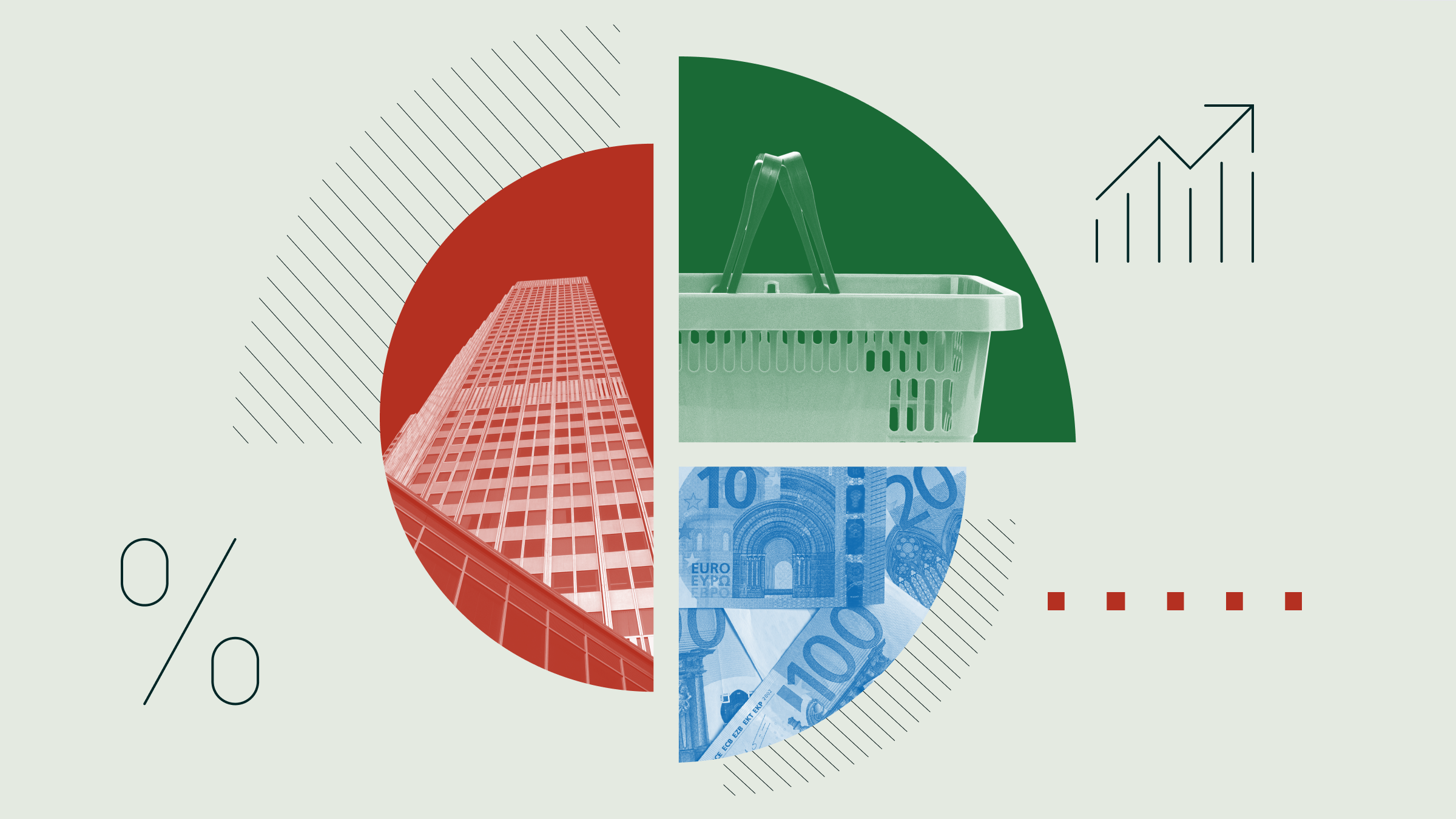Rolle im Portfolio
The iShares NASDAQ 100 provides exposure to the largest non-financial equities listed on the Nasdaq Stock Market and as such, it can be used as a core portfolio holding. The NASDAQ 100 Index is commonly known as “the” US technology benchmark because of its high concentration of technology companies. The tech sector encompasses everything from computer hardware and software to telecommunications and represents almost two thirds of the index’s value. As such, this fund could appeal to investors looking to add a “tech” tilt to a well-diversified portfolio. However investors should be aware that from the perspective of individual names, this ETF is heavily biased towards Apple which accounts for 13% of its market capitalisation.
This fund can also serve as a tactical tool for those looking to place a bet on the near-to-medium-term prospects of the US large cap equity market--excluding financials--and the US technology industry in particular, under the belief that they are undervalued.
Fundamentale Analyse
The index that this ETF tracks is dominated by the technology sector; thus overall returns will be largely influenced by its performance.
The technology industry witnesses a huge shift from personal computer to mobile devices. Morningstar equity analysts expect that conventional PC sales will drop by 8% in 2013 to 321 million units as declining demand from developed markets are now accompanied by a drop in demand from Emerging Markets. Tablets and smartphones remain a key driver for the industry and will more than compensate for this decline. Morningstar expects that more than 2.6bn total computer devices – including smartphones, tablets, and PCs – will be shipped by 2017; more than double the total number of devices that shipped in 2012. According to our equity analysts, the technology sector remains nevertheless one of the most overvalued sectors, with an average price to fair value of 1.14. However, value is still found in big companies like Apple or Oracle.
The outlook for the US-economy remains mixed. Despite some volatile data, consumption and employment data have remained relatively stable over the past 12 months. US manufacturing seems to have picked up steam in recent months, with better auto sales and production providing support, in addition to inventory rebuild. Moreover, home resales reached a new 6.5 year high in August while consumer spending rose for a fourth consecutive month as demand for auto sales hit a multiyear high.
On the flip side, interest rates have trended further up, with US 10-year Treasury bonds yields approaching almost 3% in mid-September. Although QE tapering was not put into action in September as expected, it seems likely come in the next three to four months. As such, Morningstar believes that the rate for 10-year bonds will hover between 3%-4% over the next 12 months.
Unemployment has dropped to 7.3%, but remains above the Fed’s target rate of 6.5%. At its September meeting, the Central Bank kept the interest rate at 0.25% and lowered its 2013 GDP growth forecast to 2.3% from 2.6%. Morningstar equity analysts forecast 2.0-2.25% growth for 2013 and 2.0-2.5% for 2014 while the unemployment rate is expected to drop to 6.5% next year.
After the government reached only an 11-hour agreement in August 2011 to raise the debt ceiling, history is repeating itself. Despite falling government expenditures over the last two years, the government could breach its current debt ceiling in mid-October as the House and Senate struggle to agree on a government-funding plan. The House is expected to agree on government funding beyond end of September only if funding for Obama’s new healthcare is reduced. Also, tax reforms and oil pipelines permits are up for discussion. Uncertainty surrounding the outcome of the debt ceiling discussion with a potential government shutdown or debt default is a serious risk for the US economy. Some economists warn that a shutdown could reduce Q4-2013 GDP growth by up to 1.4%.
In the short-term, the government’s fiscal retrenchment may curb economic expansion. However, low inflation and an improving housing market should keep the economy on an overall growth path.
Indexkonstruktion
The NASDAQ 100 Index provides equity exposure to the 100 largest non-financial securities listed on the Nasdaq Stock Market. It is a market capitalisation weighted index representing major industry groups, like computer hardware and software, telecommunications, retail/wholesale trade and biotechnology. The index is calculated under a modified capitalisation-weighted method with the intention to retain in general the economic attributes of capitalisation-weighting while providing enhanced diversification. In order to achieve its objective, the NASDAQ 100 Index is reviewed quarterly and adjusts the weightings of index constituents using a proprietary algorithm, if certain pre-established weight distribution requirements are not met. To be eligible for the index, component stocks must be listed on the Nasdaq Stock market and meet a list of criteria, like being a non-financial company, trading at least 200,000 shares a day and being listed on the stock market for at least two years. As of writing, the index is heavily biased towards the technology sector (58%), followed by consumer discretionary (20%) and health care (13%). The largest index constituent is Apple, representing 13% of the index’s value, followed by Microsoft (8%) and Google (7%). The index is therefore heavily top weighted as the top 10 holdings represent over 50% of the index.
Fondskonstruktion
This ETF uses physical replication techniques to track the performance of the NASDAQ 100 Index. The fund holds all the constituents of the index. iShares may engage in securities lending within this fund to generate additional revenues for the fund. The lending revenues generated from this activity are split 60/40 between the fund and the lending agent BlackRock, whereby BlackRock covers the costs involved. To protect the fund from a borrower’s default, BlackRock takes collateral greater than the loan value. Collateral levels vary from 102.5% to 112% of the value of securities on loan, depending on the assets provided by the borrower as collateral. Additional counterparty risk mitigation measures include borrower default indemnification. Specifically, BlackRock commits to replace the securities that a borrower would fail to return. The indemnification arrangement is subject to changes, and in some cases without notice. Finally, BackRock limits the amount of assets that can be lent out by this ETF at 50%.Cash received as dividends from the underlying stocks is held in the fund’s income account until it is distributed to fund holders. Distributions are made on a quarterly basis. This dividend treatment can potentially create a drag on returns in upward trending markets as dividends are not reinvested into the fund. In practice this cuts both ways. It could also result in outperformance if the benchmark falls in the interim period.
Gebühren
This fund levies a total expense ratio (TER) of 0.33%, which is at the most expensive ETF tracking the NASDAQ 100. Other potential costs associated with holding this fund which are not included in the TER include rebalancing costs, bid-ask spreads and brokerage fees.
Alternativen
There is no scarcity of alternatives to this fund. Amundi, ComStage, iShares, Lyxor and PowerShares all provide ETFs tracking the NASDAQ 100 at lower TERs ranging from 0.23% to 0.30%. The largest fund in terms of assets under management is the PowerShares EQQQ ETF, which charges a TER of 0.30%.
Investors looking for a more diversified index providing exposure to US equities could consider using the iShares S&P 500 Index ETF to express their view. The S&P 500 Index’s largest sector exposure is IT (18%), followed by financials (16%) and health care (13%). The biggest single issuer exposure is Apple (3%), followed by Exxon Mobil (3%).

















